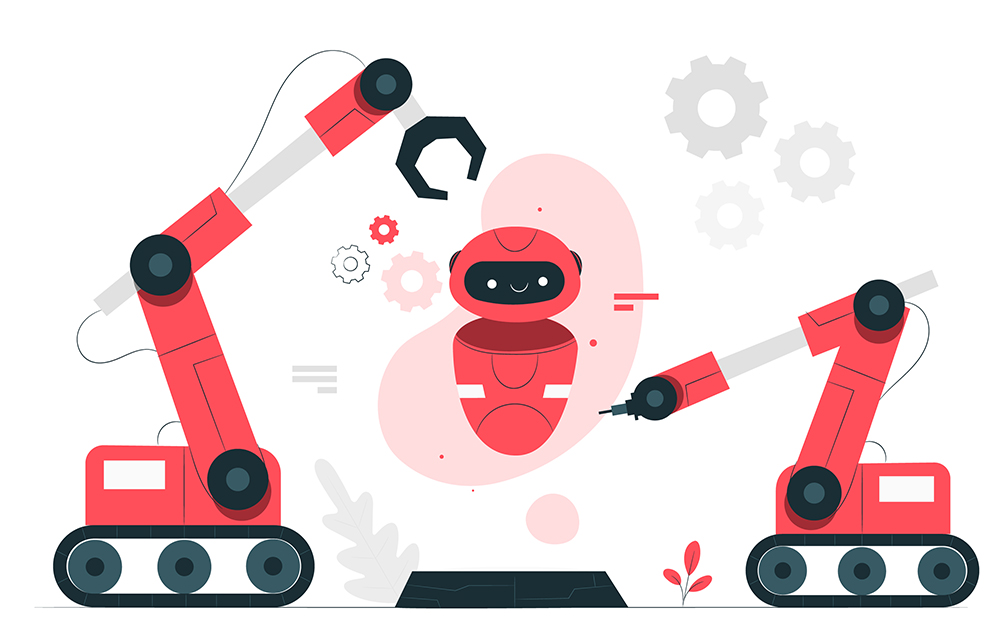It's important to acknowledge the vital role played by administrative professionals in the success of any busi...
Brickwork Blogs


Introduction
In today's interconnected world, the nature of the workforce has evolved into a global tapestry of diverse talents spanning different cultures, time zones, and continents. As businesses expand their horizons and embrace the benefits of a geographically dispersed workforce, the challenge of managing happiness becomes paramount. The pursuit of happiness is not only a personal quest but a crucial aspect of employee satisfaction, productivity, and overall organizational success.
This blog explores the complexities of managing happiness in a global workforce, focusing on the unique challenges of overseeing a team across international boundaries.
Fact time
A team at Harvard University and Massachusetts General Hospital identified factors that impact 21st century employee wellbeing- commitment and productivity is largely influenced by one’s sense of purpose, personal impact, and an overall trust in the organization.
According to Courtney Anderson, business strategist, J.D., M.B.A., “Outstanding leadership today means much more than just doing your job. Success is creating an environment that fosters happy, committed, productive team members.”
The new Harvard research also found that the happiness of employees is positively affected by trust and identification with one’s co-workers.
Building a Positive Work Environment
A positive work environment is the cornerstone of a thriving and content global workforce. In this section, we'll delve into the key elements that contribute to cultivating positivity within the workplace, with a focus on inclusivity, diversity, and effective communication.
Importance of a Positive Workplace Culture
A workplace culture that prioritizes positivity goes beyond mere job satisfaction; it fosters an atmosphere where employees feel valued, motivated, and connected to the organization's mission. Here, we explore the significance of such a culture and its impact on overall happiness:
Flexible Work Policies
The rise of remote work and global teams necessitates flexibility in work policies. This subsection explores how organizations can adapt their policies to accommodate different time zones and embrace the challenges of remote work:
By promoting inclusivity, open communication, and flexibility, organizations can lay the foundation for a positive work culture that enhances the happiness and well-being of their global workforce.

Employee Well-being Programs
In an era where the lines between personal and professional life are increasingly blurred, prioritizing employee well-being is not just a moral imperative but a strategic necessity. This section explores the significance of comprehensive well-being programs in managing happiness within a global workplace.
Overview of Well-being Initiatives
Recognition and Rewards
Employee recognition goes hand in hand with well-being, contributing significantly to job satisfaction and overall happiness. In this subsection, we explore how organizations can tailor recognition and rewards for a globally dispersed workforce:
By fostering a workplace that prioritizes mental health, offers support, and recognizes diverse achievements, companies can create an environment where employees feel valued, motivated, and, ultimately, happy.
Communication Strategies
Effective communication is the lifeblood of any successful organization, and in a global workforce, where teams span different cultures and geographies, mastering communication becomes an art.
Effective Cross-Cultural Communication
Technology and Tools for Global Happiness
In the digital age, the right technology can be a powerful ally in fostering happiness and productivity within a global workforce.
Virtual Collaboration Platforms
Employee Engagement Apps
The strategic deployment of technology not only facilitates the practical aspects of remote work but also contributes to the overall happiness and engagement of employees. By leveraging collaboration platforms and engagement apps, organizations can create a virtual environment that mirrors the positive aspects of in-person collaboration, fostering a sense of connection and community among team members regardless of their physical location.
Conclusion
As organizations strive to create environments where employees across the globe can thrive, it's clear that success hinges on an intentional and holistic approach. Recognizing and celebrating diversity, fostering inclusivity, and prioritizing well-being are not just moral imperatives but strategic investments in the longevity and success of a global workforce.
In our journey through the nuances of managing happiness, we've discovered that effective communication, facilitated by the right technology and tools, is the bridge that connects diverse individuals and cultures. The virtual collaboration platforms and employee engagement apps introduced in this discussion serve as facilitators of work and as architects of a positive, connected, and joyful work experience.


